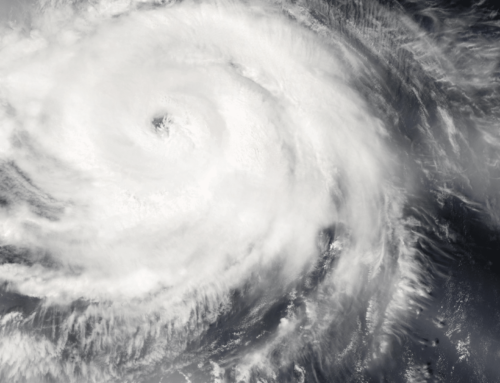The United States, thanks to Alaska, holds a stake in the Arctic. This region is at the epicenter of a profound transformation driven by climate change, technological advances, and burgeoning economic interests. As the ice recedes, unveiling new maritime paths and untapped resources, the Arctic is becoming a stage for heightened geopolitical rivalry, particularly among the United States, Russia, and China. This evolving scenario, while potentially opening doors to unprecedented opportunities, also levies a significant, albeit covert, tax on American taxpayers.
Our report, “Paying the Price,” sheds light on the fiscal burden shouldered by citizens due to climate change impacts in the Arctic. This financial strain manifests in various forms: including the expense of adapting infrastructure to the changing environment or the amplified demands for search and rescue operations in the newly navigable Arctic waters. These costs, although substantial, remain largely unrecognized by the public, obscured by fragmented government efforts and a pervasive lack of awareness about the true economic repercussions of these environmental changes.
The Government Accountability Office (GAO) recently presented the findings of their report, “Arctic Region: Factors That Affect the Advancement of U.S. Priorities,” to the House of Representatives’ Committee on Homeland Security. It underscores how climate change is creating costs for taxpayers in the Arctic in a variety of ways, some obvious and some obscure, and how budget uncertainties like the threat of government shutdowns are compounding the problem.
The intensifying strategic rivalry in the Arctic, particularly with nations like Russia and China, necessitates a stronger U.S. military and diplomatic presence, which obviously entails significant financial commitments ranging from constructing new icebreakers to funding Arctic research. At the same time, melting permafrost is releasing tons of methane – a powerful greenhouse gas – into the atmosphere, creating more downstream climate costs for taxpayers.
The GAO’s report also highlights the impact of budget uncertainties and resource constraints on U.S. agencies’ abilities to effectively plan and implement Arctic projects. Without an annual appropriation, agencies must develop incremental plans to align with the length of a Continuing Resolution that may not align with broader strategic goals. For example, without annual appropriations, agencies struggle to plan future travel and other events, limiting the U.S.’s ability to engage internationally and effectively counteract strategies of competitors in the Arctic region. This lack of presence and engagement can lead to missed opportunities and increased costs in terms of both financial resources and strategic interests.
Another critical point raised by GAO is the lack of institutional convening or budgetary authority in committees like the Arctic Executive Steering Committee, meaning there is no centralized authority to manage and coordinate efforts across various agencies and stakeholders. The absence of a cohesive and well-funded coordination mechanism leads to fragmented efforts, potentially resulting in redundant activities or gaps in policy and research.
Finally, limited awareness among Americans of Arctic issues and federal government activities in the region can be linked to insufficient public support for necessary investments in the Arctic, says the GAO, including those aimed at mitigating and adapting to the effects of climate change. Without public understanding and backing, it becomes challenging for the federal government to allocate sufficient resources to address the rapidly changing Arctic environment and its global implications.
Here’s the take-away: improving public understanding of the Arctic challenges and climate change costs can lead to better planning and funding, while collaboration among federal entities and stable funding for Arctic projects will align strategic goals and use resources efficiently, benefiting both taxpayers and national interests in the region.







Get Social